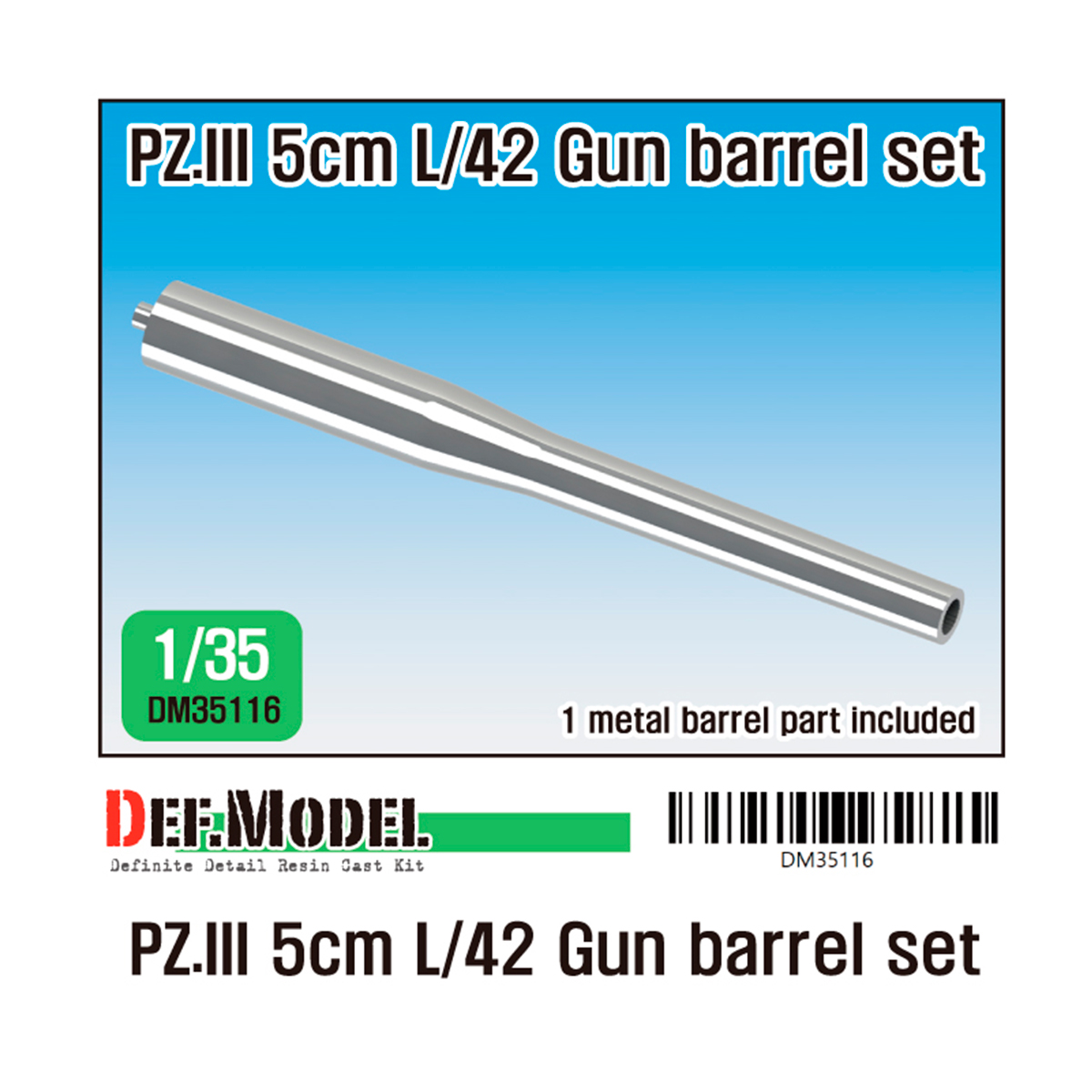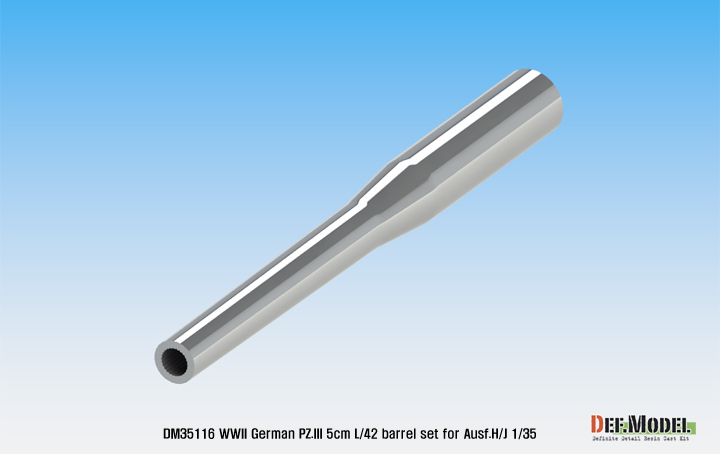WWII German Pz.III 5cm L/42 barrel (for PZ.III Ausf.H/J 1/35)
5,70€
Only 1 left in stock

*Please check our Privacy Policies to see how to we use your personal data.
*Por favor revisa nuestra Política de Privacidad para ver como tratamos tus datos personales
ENGLISH
ESPAÑOL
- German Pz.III 5cm kwk L42 Main gun barrel set
- Fine detail Aluminium barrel for PZ.III Ausf.H and J
- Total 1 Metal part
- Juego de cañón principal alemán Pz.III 5cm kwk L42
- Cilindro de aluminio con detalles finos para PZ.III Ausf.H y J
- Total 1 pieza de metal



"Exclusive Product Walk Around"
Additional information
| Weight | 0,1 kg |
|---|---|
| Dimensions | 20 × 20 × 10 cm |
| Scale | 1/35 |
| Complements | Aftermarket |
| Product | |
| Pack | Single |
| Theme | AFV, Military |
| Army | German |




 Request of SDS product data file / Product security
Request of SDS product data file / Product security